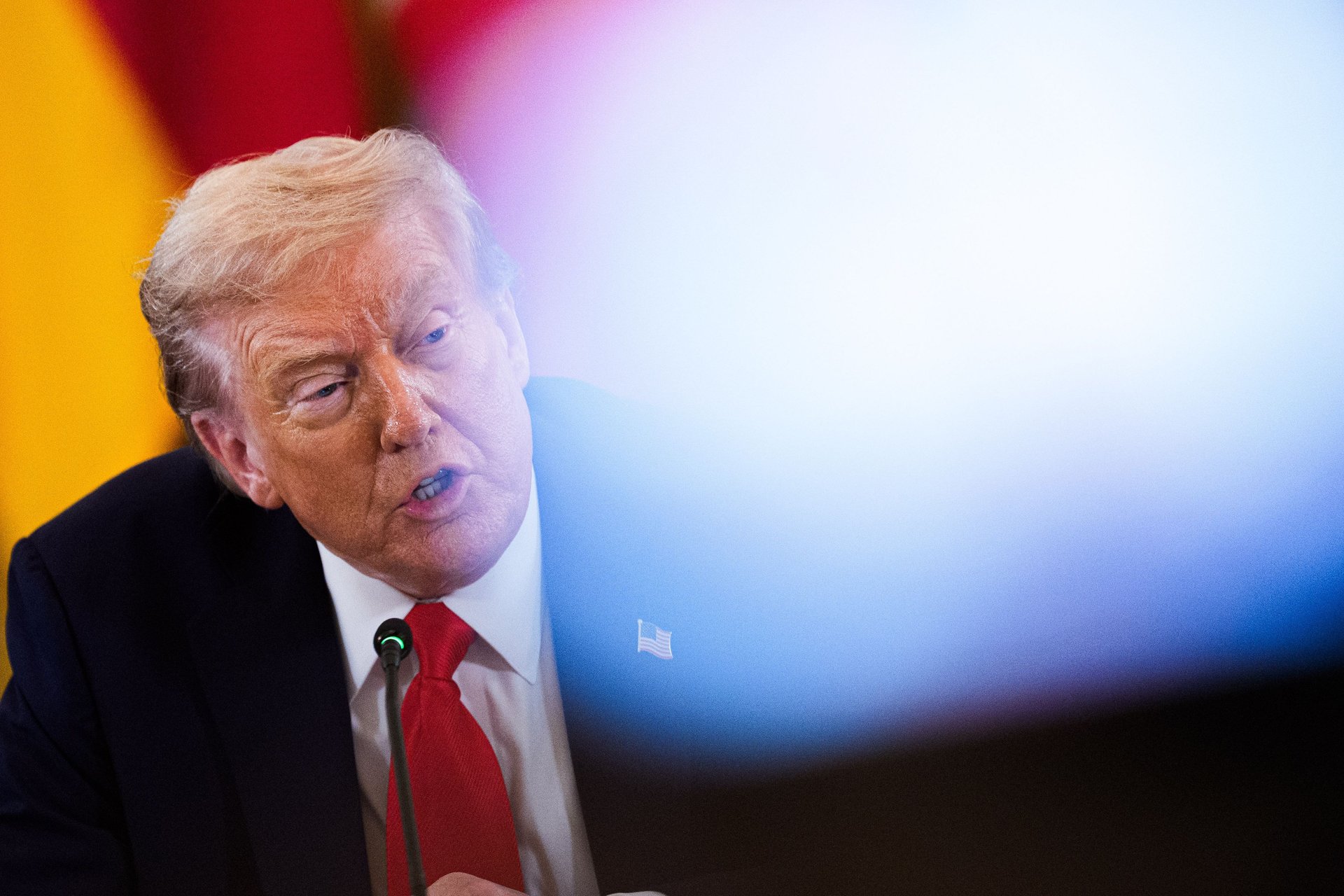Trump’s firing letters usually read like purges. The Lisa Cook letter feels different
The president has axed dozens of officials with vague emails. His letter to Fed Governor Lisa Cook reads more like a legal brief

Aaron Schwartz/CNP/Bloomberg via Getty Images
President Donald Trump likes to fire people by letter.
Since his second term began this past January, Trump has issued terse notices of dismissal to dozens of officials, from inspectors general to the chair of the Federal Election Commission, the Librarian of Congress to senior military officers.
The pattern has become familiar: a late-night email, Truth Social posting, or both, some assertion of loss of confidence, or, in some cases, no justification at all.
Monday’s letter to Federal Reserve Governor Lisa Cook, dated August 25, feels different. Trump accused Cook of “deceitful and potentially criminal conduct in a financial matter,” called her negligent, and declared he had “sufficient cause to remove you from your position.” He wrapped the move in statutory language, citing the Federal Reserve Act and his constitutional authority.
The firing has already triggered legal challenges, with Cook insisting “no cause exists under the law, and that Trump lacks the authority to remove her. She has not been charged with any crimes, and she intends to file a suit in response to Trump's attempted firing.
The question now is whether the Cook letter is best understood as just one more entry in Trump’s ongoing purge—or whether it marks something different.
The case for seeing Cook as just another casualty
Trump’s January purge of inspectors general is a useful point of comparison.
More than a dozen watchdogs across government were abruptly dismissed by email, their only explanation a vague reference to “changing priorities.” A federal judge later ruled that courts could not reinstate them, underscoring how effective Trump’s blunt approach can be even when legally dubious.
The same playbook showed up again with the January 31 letter removing FEC chair Ellen Weintraub. That note contained no allegations, only a flat declaration that she was “hereby removed.” Weintraub challenged the firing, saying the President had no legal standing, but left her post months later.
The firings of Archivist Colleen Shogan in February and Librarian of Congress Carla Hayden later in the spring were carried out the same way: sudden, terse, unexplained.
Seen against that backdrop, Cook’s dismissal could be read as more of the same. The essential dynamic is identical: an independent official ousted for political reasons, with the president daring Congress or the courts to stop him. One could argue the substance — whether an implied loss of confidence or an outright accusation of “deceitful conduct” — matters less than the act itself.
By this logic, the Cook letter is simply the Federal Reserve version of the inspector general purge.
The case for seeing Cook as something different
The details of the Cook letter do stand out. Unlike the one-liners that dispatched Weintraub or Hayden, this letter reads like it was drafted by a lawyer anticipating litigation. It does not merely assert presidential power; it attempts to ground the firing in “for cause” removal provisions, a key phrase seemingly in line with recent Supreme Court rulings.
The accusations are also unusually specific: Cook is said to have engaged in “deceitful and criminal conduct,” to have shown “negligence in financial transactions,” and to have undermined her “competence and trustworthiness as a financial regulator.”
The tone is formal, not bombastic. It avoids the social-media-inflected tone of some Trump firings. There’s no “YOU’RE FIRED!”-type flourish here.
In all, it suggests a serious attempt at removal that anticipates legal challenges and takes into account the recent Supreme Court ruling.
Extension of 'lawfare'
The letter also appears consistent with a pattern of “lawfare” in which Trump has targeted real or simply perceived political enemies with criminal charges, often related to mortgage fraud.
Targets have included New York attorney general Letitia James, Senator Adam Schiff, and now Cook, in a series of moves “akin to those exerted by authoritarian regimes in Hungary and Russia.” James and Schiff have denied the allegations.
“The fact that the law is being selectively applied underlines that this is part of a pattern of lawfare,” Don Moynihan, a professor of public policy at the University of Michigan, told the Guardian.
Why it matters
Read in this light, the Cook firing is two things at once. On one level, it is continuous with a broader campaign of removals that has characterized Trump’s second term: aggressive, sweeping, and resistant to institutional checks.
On another, it represents a more deliberate attempt to carve out new presidential power, using the form of a detailed letter as legal scaffolding — one the administration appears to have shaped with the Supreme Court ruling in mind.
Whether courts treat the letter as a serious set of claims or as a political stunt dressed in legalese will determine not just Cook’s fate but also the future independence of the Federal Reserve.
